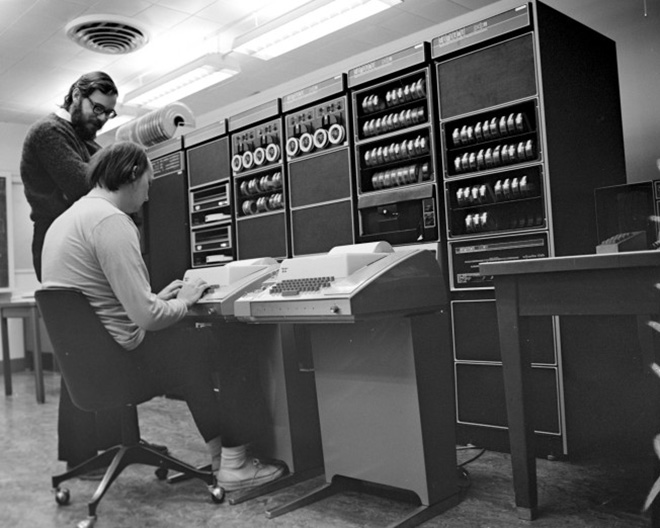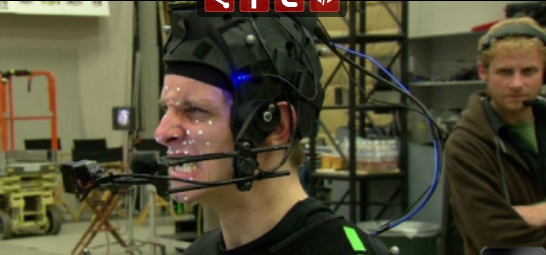BREAKING NEWS
LATEST POSTS
-
Beginning of Infinity – by Quantum expert David Deutsch
Throughout history, mankind has struggled to understand life’s mysteries, from the mundane to the seemingly miraculous.
Our guest is a multiple award-winning pioneer in the field of quantum computation and argues that explanations have a fundamental place in the universe. They have unlimited scope and power to cause change, and the quest to improve them is the basic regulating principle not only of science but of all successful human endeavour.
This stream of ever improving explanations has infinite reach. We are subject only to the laws of physics, and they impose no upper boundary to what we can eventually understand, control, and achieve.
He applies that worldview to a wide range of issues and unsolved problems, from creativity and free will to the origin and future of the human species.
-
Dennis Ritchie RIP
http://www.wired.com/wiredenterprise/2011/10/thedennisritchieeffect/
Dennis Ritchie is the father of the C programming language, and with fellow Bell Labs researcher Ken Thompson, he used C to build UNIX, the operating system that so much of the world is built on — including the Apple empire overseen by Steve Jobs.
-
Cameron has distinctive tack on tech
http://www.variety.com/article/VR1118043598?categoryid=3996&cs=1&cmpid=RSS
On “Avatar,” the vfx team at Weta couldn’t directly import the “template” footage that came from the virtual shoot. Instead, they’d have to re-create the digital scenes and characters from scratch. On the sequels, Weta will be able to bring that template in as a low-res version of the scene and start working on upgrading the image without having to start over.
FEATURED POSTS
-
AI Data Laundering: How Academic and Nonprofit Researchers Shield Tech Companies from Accountability
“Simon Willison created a Datasette browser to explore WebVid-10M, one of the two datasets used to train the video generation model, and quickly learned that all 10.7 million video clips were scraped from Shutterstock, watermarks and all.”
“In addition to the Shutterstock clips, Meta also used 10 million video clips from this 100M video dataset from Microsoft Research Asia. It’s not mentioned on their GitHub, but if you dig into the paper, you learn that every clip came from over 3 million YouTube videos.”
“It’s become standard practice for technology companies working with AI to commercially use datasets and models collected and trained by non-commercial research entities like universities or non-profits.”
“Like with the artists, photographers, and other creators found in the 2.3 billion images that trained Stable Diffusion, I can’t help but wonder how the creators of those 3 million YouTube videos feel about Meta using their work to train their new model.”







